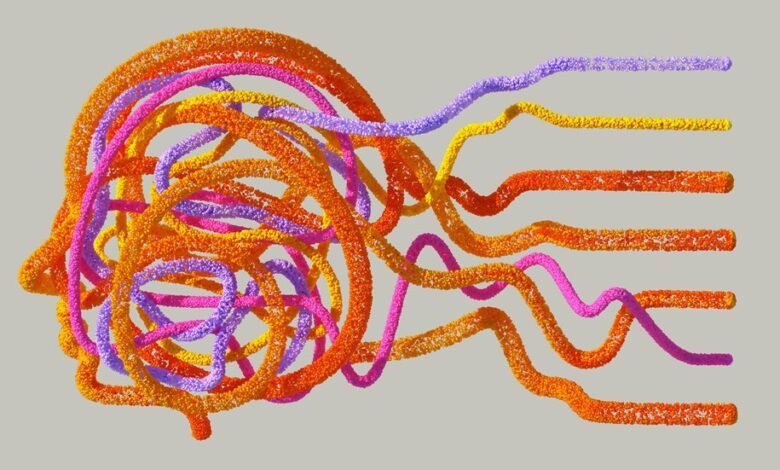The Science Behind автотрофв

Autotrophs are essential to ecological systems, functioning as primary producers that convert energy into organic matter. Through photosynthesis, plants harness sunlight, transforming carbon dioxide and water into glucose and oxygen. Conversely, chemosynthesis enables certain bacteria to thrive in environments devoid of sunlight, using inorganic compounds as energy sources. This diversity in energy acquisition methods raises questions about the adaptability of autotrophic organisms and their role in sustaining life. What implications do these processes have for ecosystem dynamics?
The Process of Photosynthesis: Harnessing Sunlight
Photosynthesis, a critical biochemical process, enables autotrophs to convert light energy into chemical energy, primarily in the form of glucose.
This transformation relies on chlorophyll function, where light absorption occurs in the chloroplasts. Chlorophyll molecules capture specific wavelengths of light, facilitating the conversion of carbon dioxide and water into glucose and oxygen, thus sustaining life and promoting ecological balance in diverse environments.
Chemosynthesis: Life in Extreme Environments
While many organisms rely on sunlight for energy, chemosynthesis offers a compelling alternative for life in extreme environments where light is scarce or nonexistent.
This process enables microbial communities to thrive in extreme habitats, such as hydrothermal vents and deep-sea ecosystems, by utilizing inorganic compounds like hydrogen sulfide.
Such adaptations demonstrate the remarkable versatility of life and challenge traditional notions of energy sources.
The Diversity of Autotrophic Organisms
Autotrophic organisms exhibit remarkable diversity, with various strategies to synthesize their own organic compounds. This includes autotrophic bacteria, which utilize chemosynthesis, and plants, which employ photosynthesis.
Plant adaptations, such as specialized leaf structures and water retention mechanisms, enhance their efficiency in capturing sunlight. Together, these organisms illustrate the evolutionary innovations that enable them to thrive in diverse environments, showcasing life’s adaptability.
The Ecological Role of Autotrophs in Ecosystems
Although often overlooked, autotrophs play a fundamental role in ecosystems by serving as primary producers, the foundational source of energy and organic matter for various trophic levels.
They facilitate nutrient cycling and energy flow, supporting herbivores and, subsequently, carnivores.
Conclusion
In summary, autotrophs play a crucial role in sustaining life on Earth, acting as the foundation of ecosystems by converting energy into usable forms. Their ability to thrive in diverse environments—whether through photosynthesis or chemosynthesis—illustrates their adaptability. By transforming inorganic substances into organic matter, autotrophs ensure that the wheels of life keep turning. Ultimately, these organisms exemplify nature’s ingenuity, proving that they are truly the backbone of ecological balance and energy flow.






